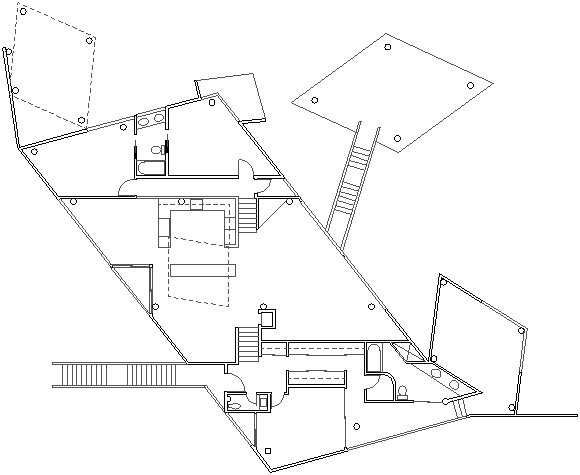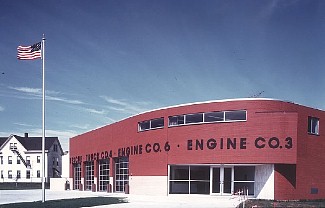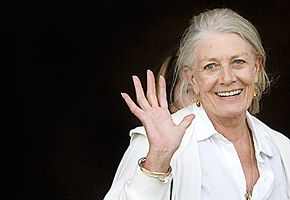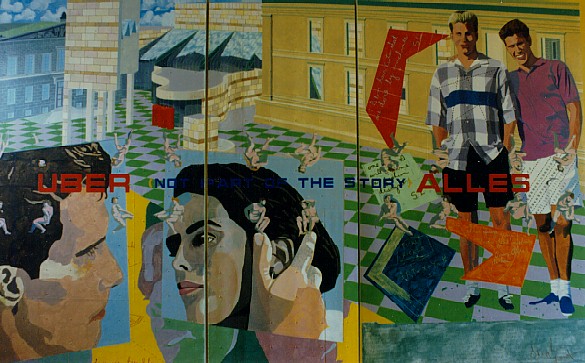2011.12.06 21:36
Frank Gehry
2008.08.23 21:06
peter's canon
Personally, I like seeing all the study models of various projects by various architects. I like it because it clearly demonstrates just how pliant architectural designing can be. And I seriously consider the notion that it may well be Gehry that best introduced architectonic pliancy to the profession.
Is architectonic pliancy in somewhat sharp contrast to Eisenman's method? Up to a certain point (in time) I'd say yes. And when Eisenman's work started exhibiting some measure of pliancy, that's where I start to see Gehry's influence.
Have Gehry's designs of late become somewhat predictable and/or seemingly uninspired? Perhaps the pliability metaphor applies here too; perhaps the pliancy has been lost for being stretched too much and too far.
----------
pliant 1 : yielding readily without breaking : bending or folding easily
About a month ago, I purchased Constructing a New Aganda: Architectural Theory 1993-2009. The first essay in the book is "Architectural Curvilinearity: The Folded, the Pliant, and the Supple" (1993) by Greg Lynn. Upon seeing this title I immediately thought of the post above. I have little doubt that it was a long ago reading of this essay (as I used to own several books by Lynn, although now all sold off at eBay around 8 years ago) that lodged the connection of Gehry's architecture and pliancy somewhere in my brain. With the 2008 post, however, I was thinking more along the lines of the pliacy demonstrated by the plan of Gehry's Wagner House (1978)

and the 3-dimensional execution of this plan as well. I have also wondered if the peeling wall detail of a 1970-4 Venturi and Rauch project is percursor to Gehry's pliancy.

| |
2011.12.06 13:38
So... who do you think will be cast in the role of Frank Lloyd Wright??

or

Actually, anything to make it interesting.
2011.11.30 19:27
Frank Gehry
Déjà vu all over again.
peter's canon
2008.08.22 22:05
Just did a side by side chronological overview of the work of Gehry and Eisenman, and in terms of architectonic, geometrical experimentation, Gehry manifests a greater and more mature repertoire.
Eisenman goes through a lot of intellectual and theoretical rigor to ultimately arrive at his geometry, but Gehry simply demonstrates that the intellectual and theoretical rigor isn't even necessary when it come to unprecedented architectonic geometries.
The only reason Eisenman's approach gets respect is because it fits well into 'higher' education. To have students pay large amounts of money to then learn that, "Hey, just look at Gehry, you can design pretty much anyway you want these days." just wouldn't go over well.
| |
2011.11.21 14:00
how convinced are you?
The next time I file my income tax, under 'ocupation' I'll write e-scape architect.
e-scape expanded e-scape
theory e-scape theory
e-scape teaching e-scape
drawing e-scape drawing
e-scape writing e-scape
2011.11.21 08:40
how convinced are you?
Now I see how the virtual has been my escape.
Is theory an escape?
Is teaching an escape?
Is drawing an escape?
Is writing an escape?
escape
1. to slip or get away, as from confinement or restraint; gain or regain liberty: to escape from jail.
2. to slip away from pursuit or peril; avoid capture, punishment, or any threatened evil.
3. to issue from a confining enclosure, as a fluid.
4. to slip away; fade: The words escaped from memory.
5. Botany. (of an originally cultivated plant) to grow wild.
6. (of a rocket, molecule, etc.) to achieve escape velocity.
7. to slip away from or elude (pursuers, captors, etc.): He escaped the police.
8. to succeed in avoiding (any threatened or possible danger or evil): She escaped capture.
9. to elude (one's memory, notice, search, etc.).
10. to fail to be noticed or recollected by (a person): Her reply escapes me.
11. (of a sound or utterance) to slip from or be expressed by (a person, one's lips, etc.) inadvertently.
2011.11.19 13:25
Quondam's Fifteenth Anniversary
"And we become these human jukeboxes, spilling out these anecdotes."
Six Degrees of Separation
As memory serves, I've only met her twice. Once at a bon voyage party and once at a small dinner. Both in late summer 1993 and both at the same house in Manayunk, Philadelphia. I was still standing in front of this large painting after Robert Venturi asked "Is this by someone?" "Yeah, me." She came up to me afterwards and said, "So you're the artist." Apparently she loved the painting.

She went on about it's sexuality and ambiguity, androgyny and juxtapositions, and I don't remember what else. Later, in the kitchen, I heard her pronouncing "Benjamin" in German and pronouncing "Barthes" like she just bit her tongue. I interjected, "You know Barthes said "laughter is a substitute for castration." She burst out laughing, and yelled over to her husband, "Barthes said laughter is a substitute for castration!" He did not laugh, and I think I know why.
Maybe like a month later, she dominated the conversation at the small dinner. There was lots of architecture talk. She or someone she knew was collecting all the latest in architectural jargon. "So what are some of the words?" She wouldn't (or couldn't) say. And then there was talk of the Italian Rationalists. "Don't forget Sartoris." "Oh! Sartoris! You know he's still alive!?" Towards the end, her husband said he'd like to do an in-depth study of VSBA's domestic architecture. "How about the Brant House Addition?" "Wow, now there's an obscure project."
[Lavin now calls it Kissing Architecture; Quondam has been calling it Appositions.]
Anthony Vidler was moving to LA, and the host of the party and dinner was moving to NYC. She got the host to sublet Vidler's NYC apartment.
2003.06.05 14:25
Re: Anthony Vidler on Gordon Matta-Clark
I spent an October 1994 weekend in Vidler's NYC/Chelsea studio apartment (a very restrictive space), while a large painting of mine, Taken Literally, 1992 spent over two years there--a friend of mine sublet the place when Vidler first started teaching in LA. Vidler spent at least one week living with the painting himself, and I've often wondered if he got all the art and architectural references. There's even a sliced portion of a building, but I didn't know of Matta-Clark back then.
It was in Vidler's apartment that I first saw The Architectural Uncanny, and, after seeing the chapter "Losing Face," it was indeed uncanny that a painting including a depiction of Schinkel's Altes Museum and Stirling's Museum for Nordrhein-Westfalen was hanging on Vidler's apartment wall at the same time. After reading "Losing Face", it turned out the analysis was still lacking, and, ultimately at Quondam, the face was put back on.
The last two chapters of The Writing of the Walls -- steps on the way to Quondam.
Most recently, it's too bad Vidler doesn't include Le Corbusier's International Planning Competition for Berlin in his analysis of Stirling's Roma Interrotta.
[Incidentally, every instance of Le Corbusier's Museum for Unlimited Growth is listed within Colomina's "The Endless Museum: Le Corbusier and Mies van der Rohe" (Log 15) except for the last instance, which is within the International Planning Competition for Berlin.]
|